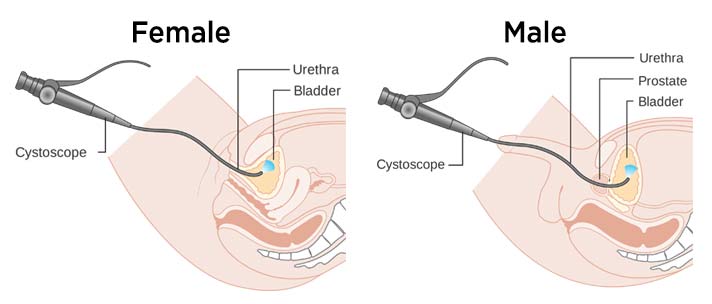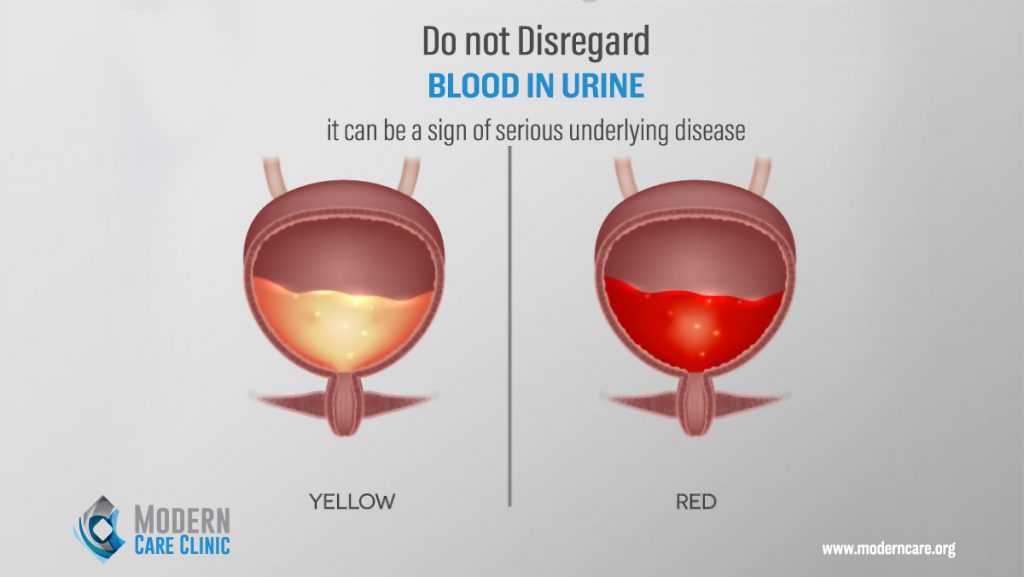Learn about Cystoscopy!

Cystoscopy Bladder Scope Test What is a cystoscopy? A cystoscopy is a test to check the health of your urethra and bladder. You might also hear it called a cysto-urethroscopy or, more simply, a bladder scope. Cystoscopy is a procedure that uses an instrument called a Cystoscope to look at the lining of the bladder […]
Blood in urine!

Hematuria Seeing blood in urine should never be ignored; because it can be a sign of a serious medical problem. It is the most common sign of bladder cancer that is usually painless, the urine color might change to orange, bright red, or brown. What is hematuria? Hematuria is the presence of blood cells in […]
